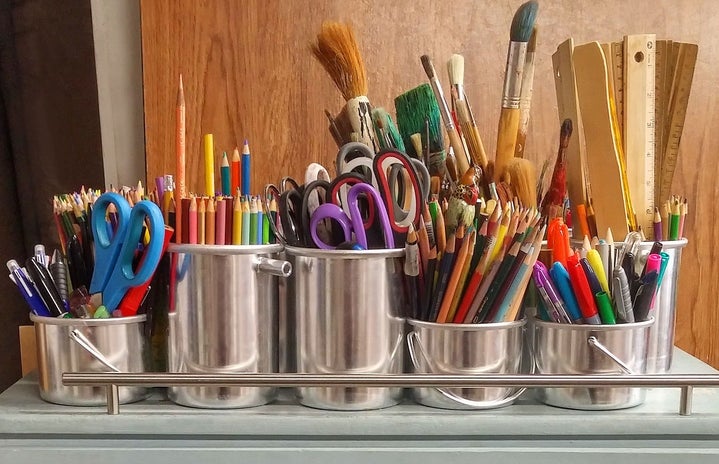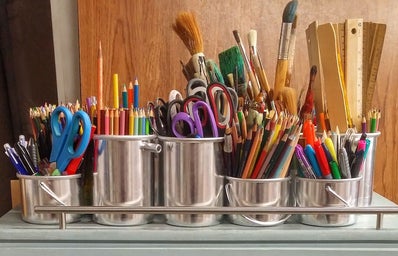Let’s be honest, most of us are avid social media users (whether we like to admit it or not) and chances are, at some point or another, we’ve snapped a sneaky selfie.
Being a Londoner at heart, I was amused and equally interested to see that one of my favourite galleries – the Saatchi Gallery in Chelsea, London – is launching an exhibition which explores the importance of selfies as an art form. The exhibition (opening in March), will showcase a range of pieces, from Obama’s own selfies to self-portraits by Tracey Emin and Vincent Van Gogh.
The Chief Executive of the gallery, Nigel Hurst, regards the selfie as a means of self-expression: “ The selfie represents the epitome of contemporary culture’s transition into a highly digitalized and technologically advanced age… the exhibition will present a compelling insight into the history and creative potential of the selfie.”
The launch of this exhibition really got me thinking about the reasoning behind the selfie-saturated content we see on all forms of social media.
The notion of self-expression is definitely not a new concept: one of the earliest surviving examples of a self-portrait was produced by an Egyptian pharaoh’s chief sculptor, in 1365 BC; whilst the first photographic selfie is thought to have been taken in 1839, by amateur chemist and photographer, Robert Cornelius. Cornelius had to sit still for one-minute waiting for the picture to take and then waited whilst the film was processed chemically.
However, the instant digital selfies we see today seem somewhat less inspiring than a clay sculpture, an oil painting à la Van Gogh, or even a chemically processed film.
So what really does motivate you or I, and people of all ages, genders, culture, religions and professions, to snap and share a selfie?
There have been several psychological studies which have explored a link between selfies and narcissism. But does this mean that our serial selfie-ing is actually driven by our narcissistic nature? Not necessarily. A study, published in Visual Communication Quarterly, recognized that there are three different kinds of selfie-takers, each one of them having a different motivation:
1. The Communicator takes the majority of their selfies in order to engage others in a conversation. Someone like America Ferrera, for example, generally uses her feed to post pertinent and relevant information which is shared with a message.
2. The Autobiographer uses their selfies as a means of recording major events, in order to preserve them as memories to look back on; someone who’s not necessarily after feedback from others. For example, principal ballerina Francesca Hayward’s feed mostly consists of important events and her adventures, rather than uploads with the deliberate intention of likes.
3. The Self-Publicist loves to document anything and everything they do, whilst presenting these posts in an extremely positive light. Think, Gigi Hadid – or anyone in her friendship group for that matter! Surprisingly though, this is actually the smallest group of the three identified in the study.
So which one are you? A communicator, an autobiographer or a self-publicist?
To be perfectly hoenst, I don’t think I’m entirely convinced that each and every one of us falls into one of the three groups; nevertheless, I guess it’s kind of reassuring that we’re not all being labelled as narcissists (phew!) and maybe there are other motivations behind our selfie obsession.
On a side note, just in case you’re in that neck of the woods at any time in the near future, the From Selfie to Self-Expression exhibition runs from 31 March to 30 May at the Saatchi Gallery in London.
Information obtained from:
http://www.tandfonline.com/doi/full/10.1080/15551393.2016.1223548
https://www.theguardian.com/artanddesign/2017/jan/23/saatchi-gallery-to-…
http://www.stylist.co.uk/life/why-do-people-post-selfies-research-visual…
Images obtained from:
https://www.theguardian.com/artanddesign/2017/jan/23/saatchi-gallery-to-…

